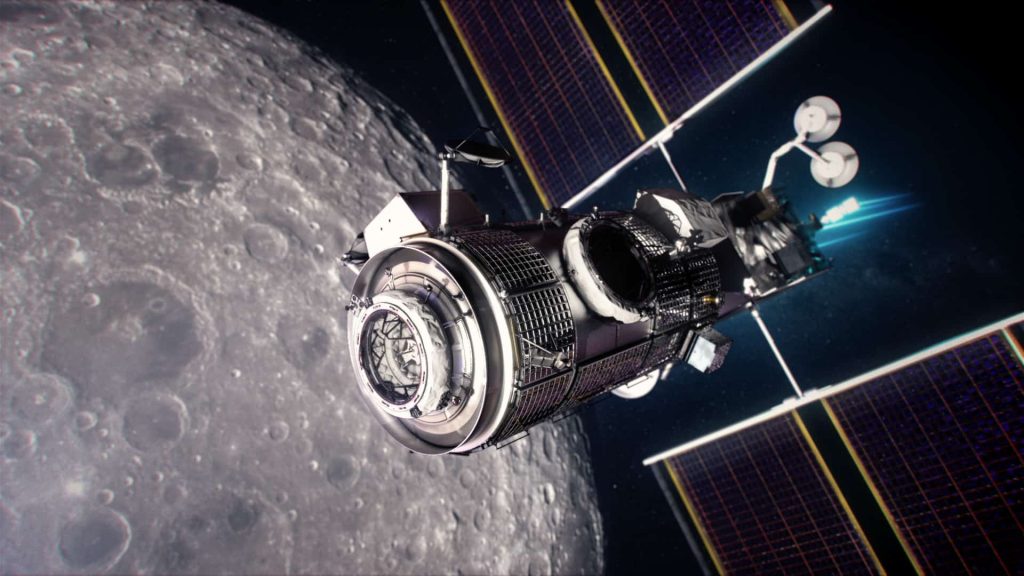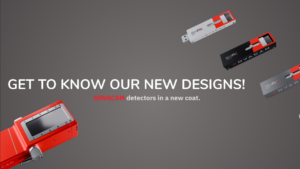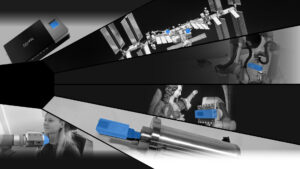The Gateway station, an international project led by NASA, is aimed to be the “gateway” to deep space. The aim is to participate in the preparation of a manned flight to Mars and testing new technologies. It will also be used for robotic and manned landings on the surface of the Moon. ADVACAM together with Institute of Experimental and Applied Physics Czech Technical University in Prague (IEAP CTU in Prague) is invited to participate in two European contributions to the Gateway: European Radiation Sensors Array (ERSA) and International Dosimetry Array (IDA).


Image provided by NASA (June 4, 2020)
ERSA
An international outpost in lunar orbit, ERSA will monitor radiation and return vital data. By monitoring radiation, the experiment will help researchers gain a complete understanding of cosmic and solar rays in unexplored areas as the orbital outpost is assembled around the Moon. Its hardware will actively monitor radiation at all times and return data to scientists from participating countries to consult. ERSA complements NASA’s Artemis program, which is returning humans to the Moon.


Image provided by NASA (June 4, 2020) – A view of Orion approaching Gateway
IDA
The Internal Dosimeter Array or IDA will measure radiation levels within the Gateway coming from a range of sources including our Sun in the form of intense storms of solar energetic particles and galactic cosmic radiation, thought to originate from supernovas. The array will be located inside the NASA-commissioned Habitation and Logistics Outpost or HALO module of the Gateway from where it will continuously monitor radiation levels. Measurements from IDA will complement external space radiation data to enable safer and more sustainable deep space exploration. Like all elements of the Gateway, IDA is an international collaborative payload, in this case between ESA and the Japanese space agency JAXA.


